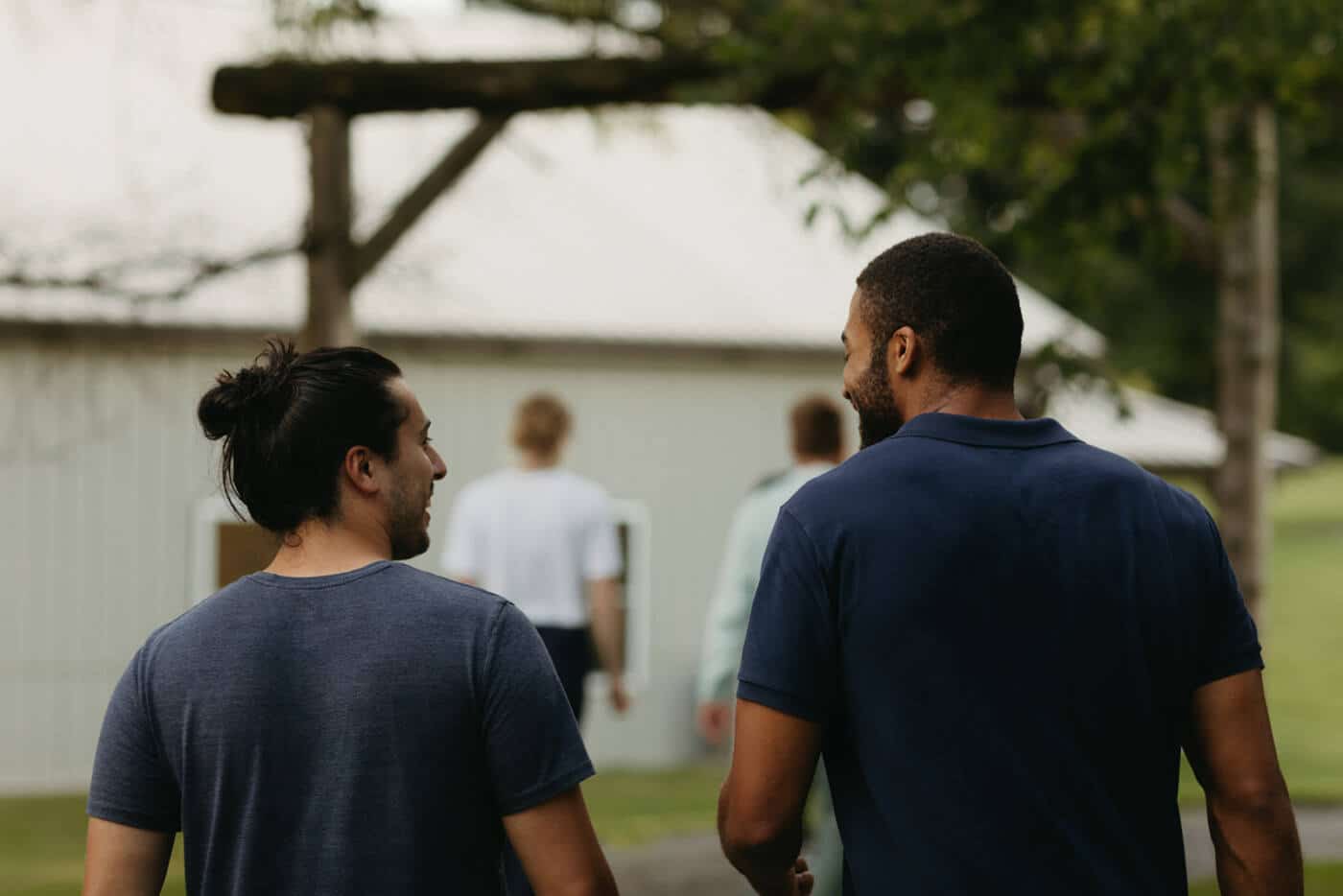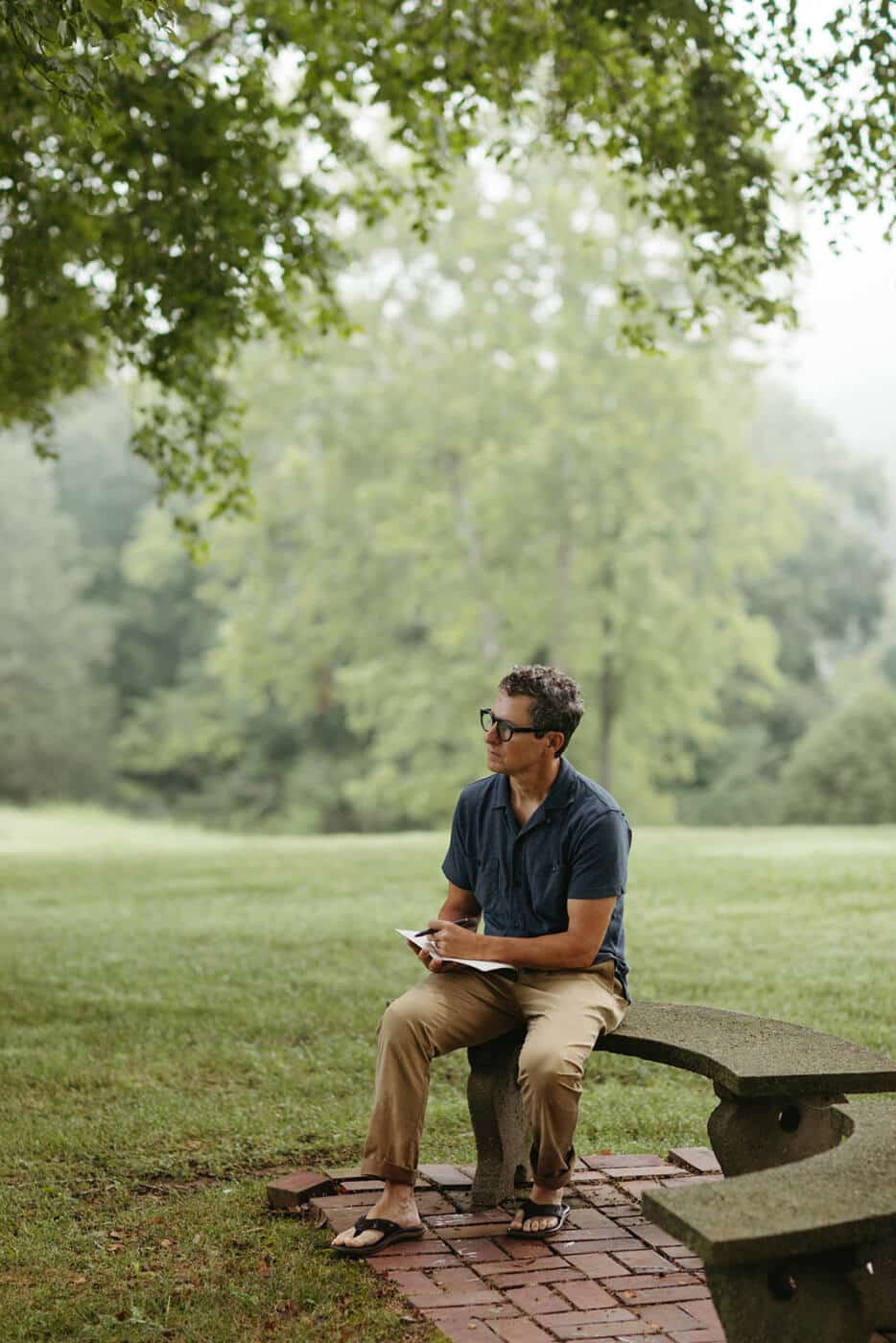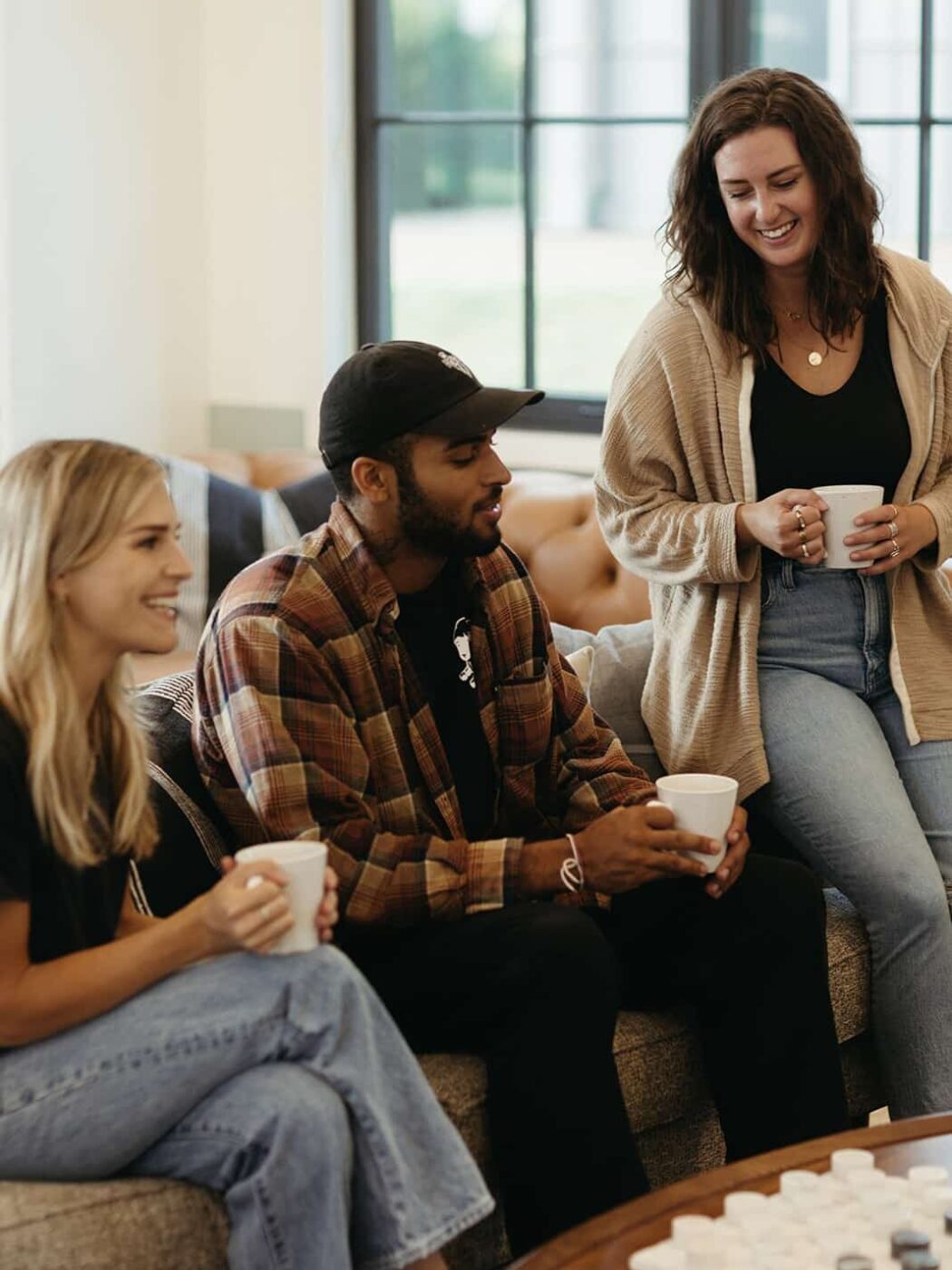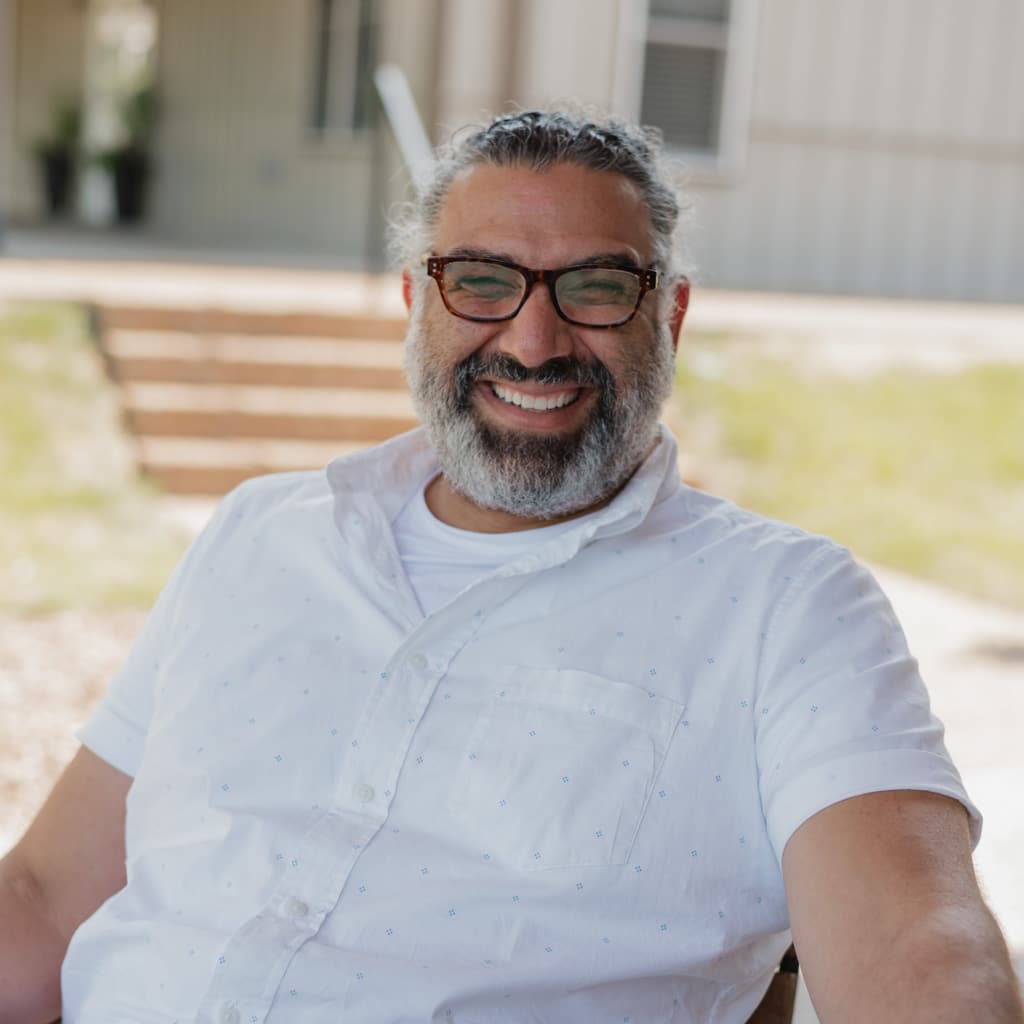How Are We Really?
How Are We Really?
Onsite Experts Weigh In On Our Current Emotional Health Landscape
Did you know that 1 in 5 U.S. adults report experiencing mental illness yearly?
(National Association of Mental Illness)
Despite the number of us who are impacted, mental health and emotional wellness have historically been taboo subjects. The thing we hid from the people closest to us and handled in the quiet of a private office. In the last couple of years, conversations around mental health have been happening at our dinner tables. Our newsfeeds are full of people discussing burnout, anxiety and depression, and self-care. And therapy sessions have begun taking place virtually from any room in our house.
Onsite Editorial Director Mickenzie Vought sat down with two longtime Onsite team members, Business Development Director Amelia Baldwin and Operations Director of Onsite Entertainment Lizzy McGlothlin, to talk about the state of mental health. Amelia and Lizzy help connect individuals, families, and couples to the next step in their healing journey, whether at one of our programs or another facility. They are on the front lines of facing what 9 out of 10 Americans call a “Mental Health Crisis” (CNN/The Kaiser Family Foundation).
MICKENZIE VOUGHT: What are the most prevalent positive and negative mental health trends you’ve seen over the last couple of years?
LIZZY McGLOTHLIN: I love that we’re seeing a normalization of taking care of our mental health. It’s everywhere we look these days.
We’re seeing an increase in both the inquiries about Onsite’s programs and the severity and level of needs from the individuals seek- ing help.
AMELIA BALDWIN: Many people are reckoning with the trauma that the pandemic caused, which seems to give people permission to care for themselves in ways they never considered.
MV: Can you speak to the increased and unique needs you are seeing in those seeking help?
AB: There’s no denying that stress and anxiety are at an all-time high for many of us.
The isolation and loneliness of the pandemic have brought to light anxiety and depression that seemed to be just under the surface for some folks. The busyness of our lives allowed many of us to disregard the pain and hurt of our past traumas. When the distraction of work was taken away during the pandemic, people became more aware of their pain and feelings. I’ve noticed this brings on a “flooding” of sorts that drives people to feel the need for immediate and urgent help.
MV: What shifts have we seen around people discussing and prioritizing their mental health?
LM: We’re not only talking about mental health more but also tak- ing action to improve our mental health. We’re collectively seeing a recognition, destigmatization, and prioritization of mental health.
One of the most significant shifts we see on a macro level is that businesses and organizations are investing in supporting their employees with mental health needs.
Leaders are funding therapy for their staff company-wide, organizations are investing in Employee Assistance Programs and paying for staff to do therapeutic experiences, and the pause of the pandemic has taught people to slow down and implement balance.
MV: What trends have you seen regarding how people cope with stress?
AB: The last few years have heightened and exasperated the un- healthy ways we cope with the stress in our lives. At Onsite, we often call these behaviors medicators, defining them as any external thing we use to turn down internal noise, discomfort, or stress within us. We all have ways we medicate, some healthy and some unhealthy. Unfortunately, it feels like many of the healthier ways we once dealt with stress were either taken away from us or no longer served the purpose they once did in taking the edge of our ever-increasing stress.
We’ve seen an increase in and normalization of drug and alcohol use and abuse, in addition to process addictions like gambling and pornography.
MV: What role has technology played in accessing and utilizing mental health services?
LM: Telehealth was a game-changer for many of us over the last few years, and I don’t see it going away. With so many individuals, organizations, and clinicians utilizing telehealth, we’ve seen an in- crease in demand. As a result, there are more apps and offerings, and the overall quality of the experience has improved. Necessity spurred innovation.
From an organizational standpoint, in 2020, Onsite very quickly saw the need (as did most companies) to offer online services. So, out of necessity and with a fair amount of skepticism, we pivoted some in-person experiences online. We feared that the power of experiential therapy wouldn’t be as effective over a screen. This was a fear of a lot of mental health professionals. But instead, we found that the work translated over digital, opening up our opportunities to serve more people, meet them where they are, and even expand our offerings into the digital space with courses and emotional health master classes.
MV: What are you hearing from therapists, treatment centers, and other mental health professionals regarding the trends we’ve seen?
AB: Mental health professionals are VERY busy right now. Finding clinicians with space in their practice to take on new clients is difficult. The demand has increased for various reasons, as we’ve discussed. There is a shortage of therapists for the growing needs of the population.
Additionally, many therapists had a dual process with their clients—experiencing the trauma of the pandemic while helping clients navigate their new realities, anxiety, and the effects of isolation. This dual process took a toll on mental health experts, with severe burn-out prevalent among these providers.
MV: How were couples impacted by the last two years?
AB: The pandemic had a significant effect on couples. We’ve been discussing all the things it brought to light on an individual level, but that was exasperated for those in close quarters with partners, facing unprecedented stress and decisions and a complete disruption of family and relationship rhythms. Their forced co-existence has high- lighted their differences and brought up insecurities that once were unnoticed. For this reason, couples tend to find more fault in their partners, which often stems from the need to avoid their feelings of loneliness and pain.
LM: We continue to see a considerable uptick in the request for couples’ work as people navigate the tension and differences that were agitated over the last few years. According to data collected from a U.S. legal contract-creation website, there was a 34% increase in the number of couples contemplating divorce in the early days of the pandemic compared to 2019. Unfortunately, we’re also seeing the number of therapists willing to work with couples declining as the level of care needed increases.
MV: What do you wish more people knew about emotional and mental health?
LM: I wish people knew that taking care of your mental health improves your overall quality of life. I think a common fear people have about addressing past traumas and stepping into a therapeutic experience is that they will fall apart, and it will cause a strain or significant disruption to life. Although there is a level of reconstruction with mental health, the increased awareness of your emotions and releasing of past hurts frees us up to fully enjoy life and relationships. It is a journey, not a destination, but the journey is well worth it!
If you are a mental health professional, our Business Development team would love to connect to discuss how our breadth of offerings can serve your clients and meet them where they are. If you are personally struggling or looking to take the next step in your emotional and mental health journey, our Admissions team would love to connect with you for a confidential call at 1-800-341-7432, or you can email them at admissions@onsiteworkshops.com




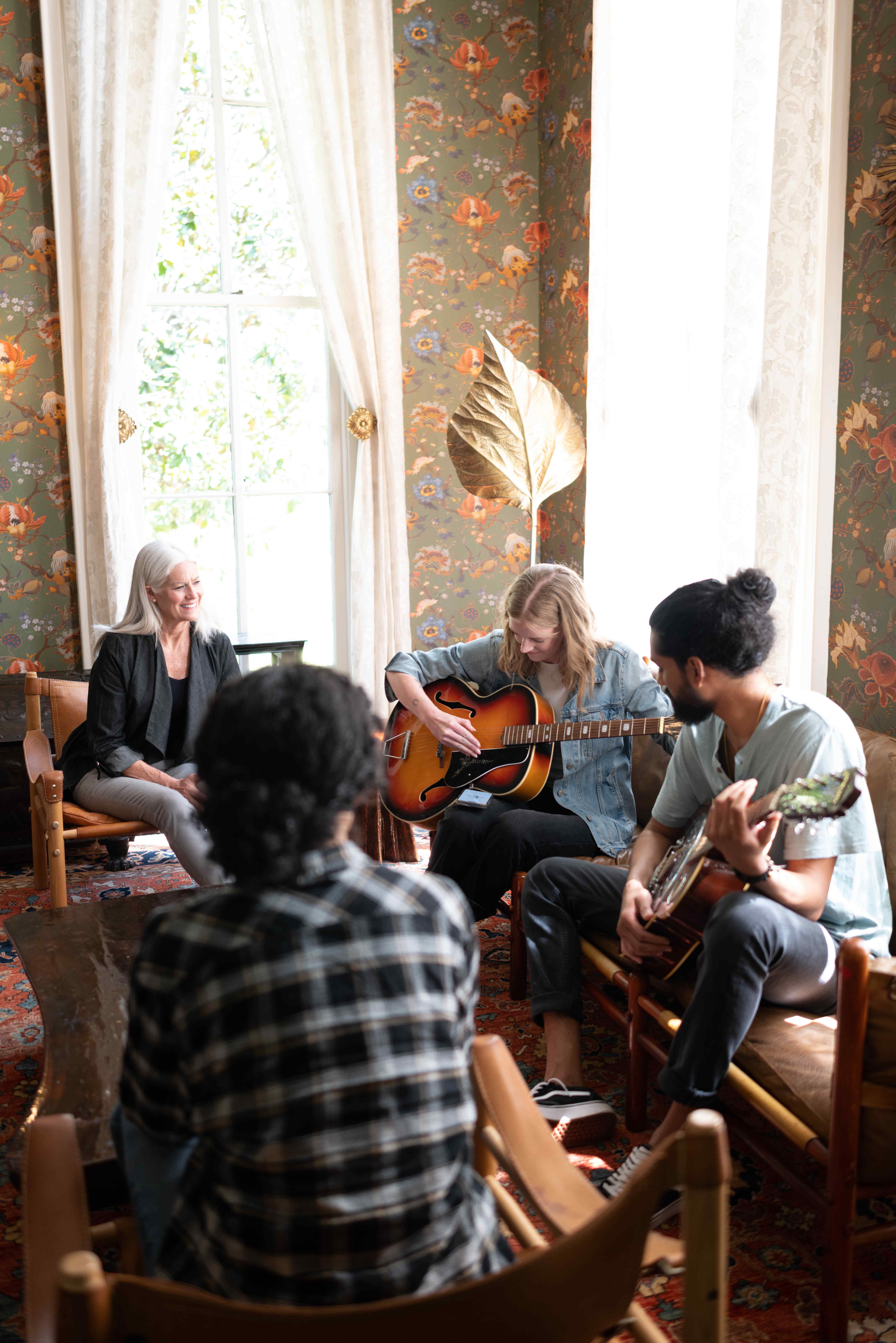
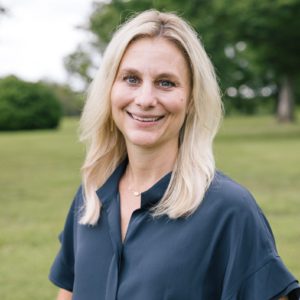
Amelia serves as a Director of Business Development. In her role she helps individuals, families, and professionals identify the next right step in their healing journey whether that is at one of our programs or another facility. Amelia’s broad exposure and various roles at Onsite over her 13 years of tenure have provided her with a strong perspective and understanding of the holistic client experience.

Lizzy McGlothlin serves as the Operations Director for Onsite’s Entertainment Division. Lizzy McGlothlin has worked in the behavioral health field for over 14 years in various administrative and leadership roles. Lizzy’s familiarity working with and understanding the unique challenges faced by those in the spotlight, her vast institutional knowledge, and her expertise in both business development and programming make her a natural fit to scale Onsite’s new offerings to meet the needs of those with public-facing profession.
